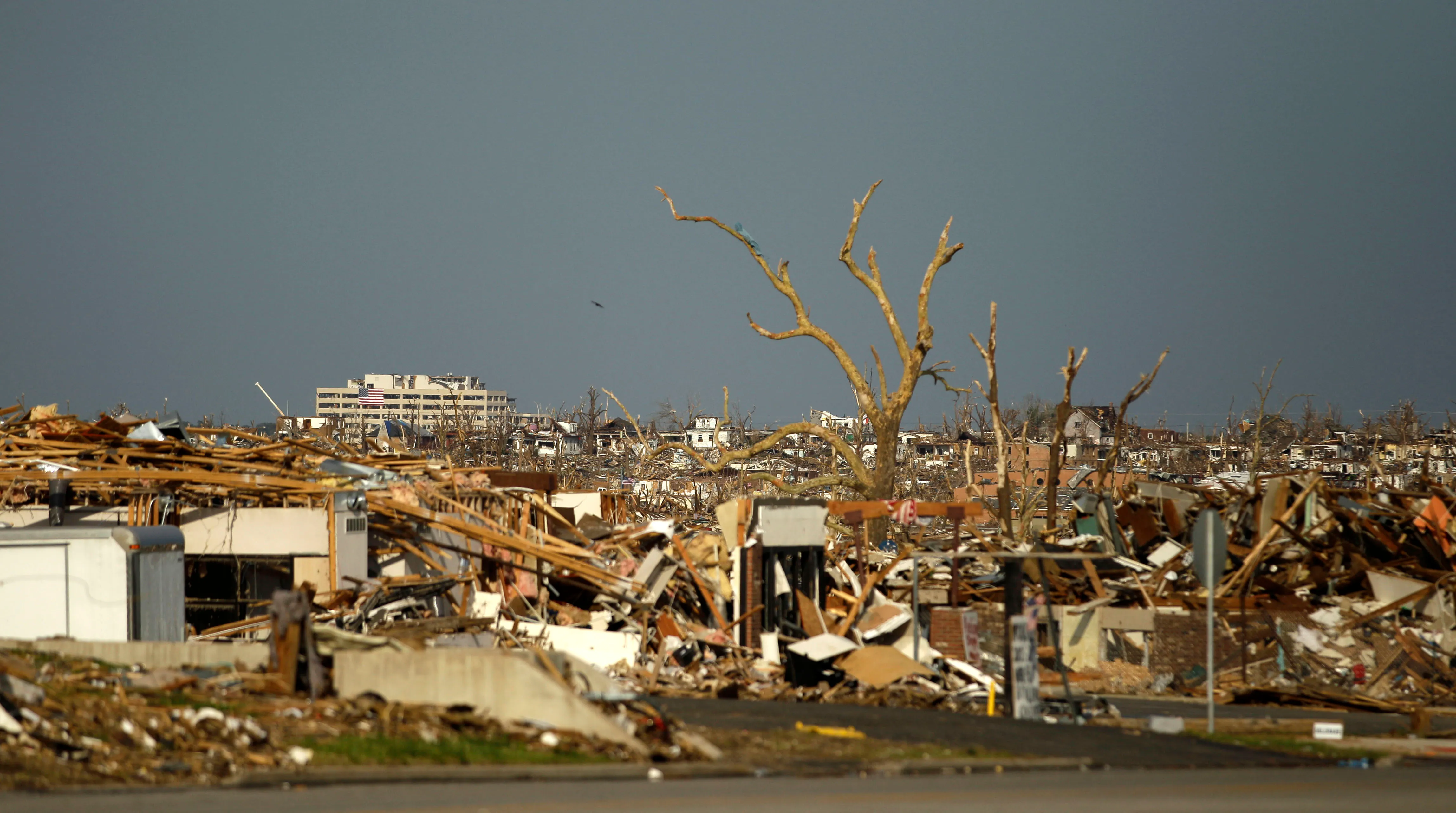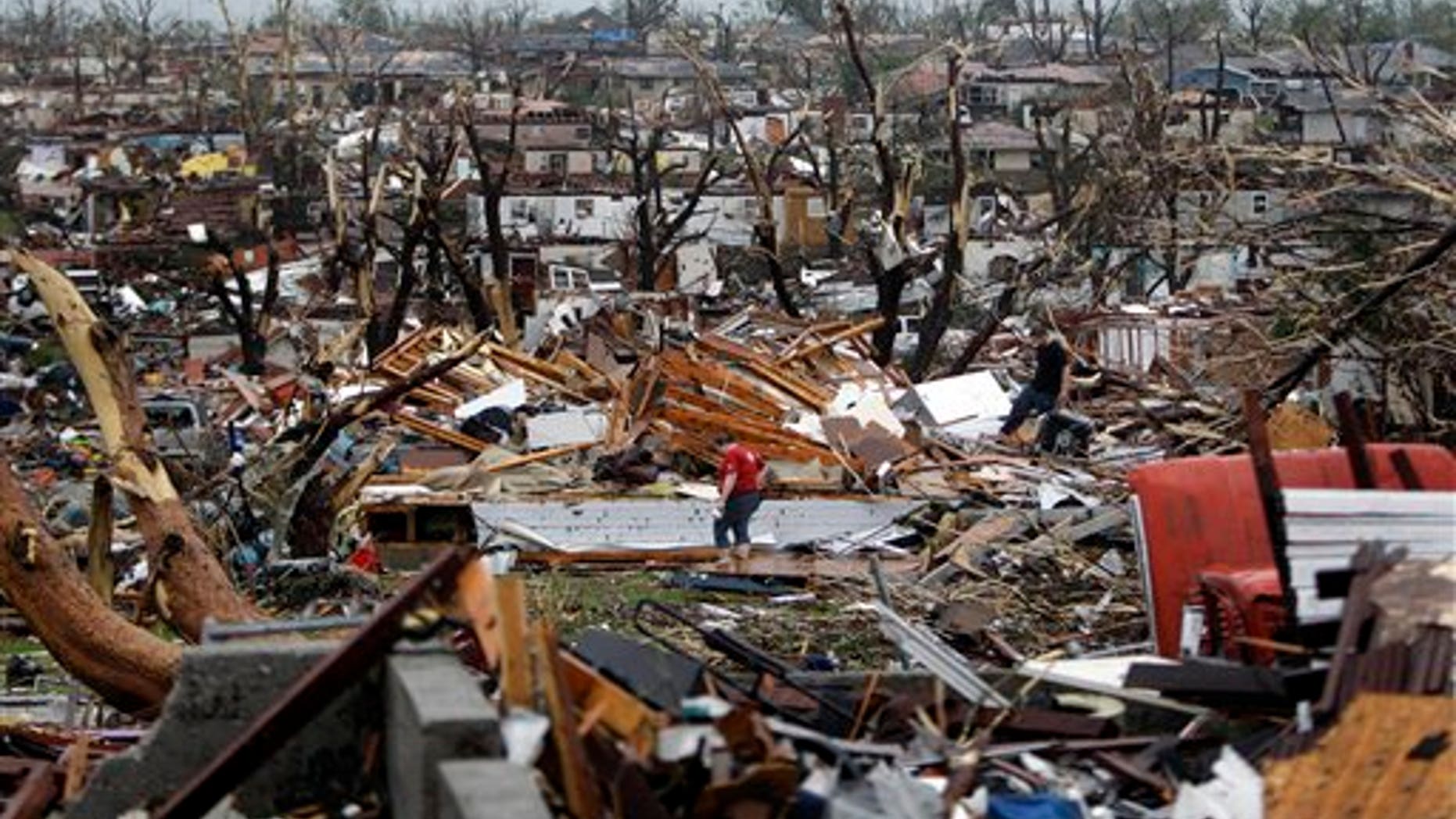On May 22, 2011, the city of Joplin, Missouri, was hit by one of the deadliest tornadoes in U.S. history. The EF5 tornado, with winds exceeding 200 mph, carved a path of destruction through the heart of the city, leaving a trail of devastation that would change lives forever. But just how many people died in the Joplin tornado? Let's uncover the facts, figures, and stories behind this tragic event.
This isn't just a story about numbers; it's a story about resilience, tragedy, and the human spirit. The Joplin tornado wasn't just a meteorological event—it was a defining moment for the community and the nation. As we dig deeper, you'll understand why this disaster left an indelible mark on history.
Before we dive into the details, let's set the stage. The Joplin tornado wasn't an isolated incident. It was part of a larger outbreak that swept through the Midwest in 2011. But what made Joplin so devastating? Stick around, and we'll break it all down for you.
Understanding the Joplin Tornado: A Brief Overview
Let’s rewind to that fateful day in May. The tornado that struck Joplin was classified as an EF5—the highest rating on the Enhanced Fujita Scale. This scale measures tornado intensity based on wind speed and damage. EF5 tornadoes are incredibly rare, but when they strike, the results are catastrophic.
The storm touched down just southwest of town and tore through Joplin like a freight train. Its path was over a mile wide in some areas, destroying homes, businesses, and even medical facilities. The destruction was so severe that it took years for the city to recover.
Now, here's where the heart-wrenching part comes in. Official records show that 161 people lost their lives in the Joplin tornado. That number might seem small compared to other disasters, but the impact was monumental. Each life lost was someone's parent, child, friend, or neighbor.
How Many People Died in the Joplin Tornado? Breaking Down the Numbers
When discussing the death toll, it's essential to look at the broader picture. The 161 fatalities were confirmed by authorities, but the ripple effects extended far beyond those numbers. Hundreds more were injured, and thousands were displaced from their homes.
Here’s a quick breakdown:
- 161 confirmed deaths
- Over 1,000 injuries
- Approximately 7,000 homes destroyed
- More than $2.8 billion in damages
These numbers paint a grim picture, but they don’t tell the full story. Behind each statistic is a personal tragedy, a family torn apart, and a community struggling to rebuild.
The Human Cost: Personal Stories of Loss
Beyond the headlines and statistics, there are countless stories of heartbreak and heroism. For example, St. John’s Regional Medical Center, one of Joplin’s largest hospitals, was heavily damaged during the storm. Staff and patients had to be evacuated amidst chaos, showcasing incredible bravery under pressure.
Many survivors recount how they huddled in basements, closets, or even bathtubs to ride out the storm. Some were fortunate enough to escape with their lives, while others weren’t so lucky. These personal accounts remind us that disasters like the Joplin tornado aren’t just natural phenomena—they’re human tragedies.
Causes and Conditions Leading to the Tornado
So, what caused such a powerful storm? It all started with a clash of weather systems. Warm, moist air from the Gulf of Mexico collided with cooler, drier air from the north, creating the perfect conditions for severe thunderstorms. Add in some atmospheric instability and wind shear, and you’ve got a recipe for disaster.
Scientists have studied the Joplin tornado extensively, hoping to learn lessons that could prevent similar tragedies in the future. One key takeaway is the importance of early warning systems. While meteorologists did issue warnings ahead of the storm, many residents didn’t receive them in time.
Why Weren't the Warnings Enough?
One of the biggest challenges was the "cry wolf" syndrome. Prior to the tornado, several false alarms had been issued, leading some people to ignore the warnings. This highlights the need for more accurate and targeted alert systems.
Additionally, communication breakdowns played a role. Emergency sirens weren’t as effective as they should have been, and not everyone had access to real-time updates via mobile devices or television.
Rebuilding Joplin: A Tale of Resilience
After the storm passed, the people of Joplin faced an enormous task: rebuilding their city. This wasn’t just about reconstructing buildings—it was about restoring hope and healing wounds.
Community efforts were crucial in the recovery process. Volunteers from across the country poured into Joplin to help clean up debris, provide shelter, and offer emotional support. Local businesses also stepped up, donating resources and funds to aid in the rebuilding efforts.
One of the most inspiring projects was the construction of a new hospital, Mercy Hospital Joplin, which replaced the damaged St. John’s facility. It stands today as a symbol of resilience and progress.
Lessons Learned from the Joplin Tornado
The Joplin tornado taught us valuable lessons about disaster preparedness and response. Communities must invest in better warning systems, emergency plans, and infrastructure to withstand extreme weather events.
It also emphasized the importance of community bonds. In times of crisis, people coming together can make all the difference. Whether it’s through volunteering, fundraising, or simply offering a listening ear, small acts of kindness add up to big impacts.
Comparing Joplin to Other Tornado Disasters
To put the Joplin tornado into perspective, let’s compare it to other notable tornado disasters:
- Tri-State Tornado (1925): 695 deaths
- Woodward, Oklahoma Tornado (1947): 181 deaths
- Murphysboro, Illinois Tornado (1925): 234 deaths
While the Joplin tornado wasn’t the deadliest in U.S. history, it ranks among the top ten. What sets it apart is its recent occurrence and the advancements in technology and infrastructure that still couldn’t prevent such a high death toll.
Impact on National Weather Policy
The Joplin tornado had a profound impact on national weather policy. It prompted the National Weather Service (NWS) to revamp its warning systems and communication strategies. New technologies, such as radar improvements and social media alerts, have since been implemented to improve public safety.
Additionally, building codes have been updated to ensure structures can withstand stronger winds. These changes reflect a commitment to learning from past mistakes and protecting communities in the future.
Are We Better Prepared Now?
Absolutely. Advances in meteorology and technology have significantly improved our ability to predict and respond to tornadoes. However, challenges remain, particularly in rural areas where resources may be limited.
Education and awareness are critical components of preparedness. Knowing what to do before, during, and after a tornado can save lives. It’s not just about having a plan—it’s about practicing it until it becomes second nature.
Remembering the Victims: Honoring Their Legacies
As we reflect on the Joplin tornado, it’s important to honor the lives lost. Memorials have been erected throughout the city to pay tribute to the victims and celebrate their legacies. These memorials serve as reminders of the strength and resilience of the Joplin community.
Family members and friends of the deceased have also found ways to keep their loved ones’ memories alive. Some have established scholarships, started charities, or participated in community service projects in their honor. These acts of kindness ensure that the victims’ legacies continue to inspire others.
Conclusion: Looking Forward with Hope
In conclusion, the Joplin tornado was a tragic event that claimed 161 lives and left a lasting impact on the community. However, it also demonstrated the power of human resilience and compassion. Through collaboration, innovation, and determination, Joplin has risen from the ashes stronger than ever.
As we move forward, let’s remember the lessons learned from this disaster. By investing in better warning systems, improving infrastructure, and fostering community bonds, we can reduce the risks associated with future tornadoes.
We invite you to share your thoughts and experiences in the comments below. Have you been affected by a tornado? What steps do you take to prepare for severe weather? Together, we can build a safer, more resilient world.
Table of Contents
- Understanding the Joplin Tornado: A Brief Overview
- How Many People Died in the Joplin Tornado? Breaking Down the Numbers
- The Human Cost: Personal Stories of Loss
- Causes and Conditions Leading to the Tornado
- Rebuilding Joplin: A Tale of Resilience
- Lessons Learned from the Joplin Tornado
- Comparing Joplin to Other Tornado Disasters
- Impact on National Weather Policy
- Remembering the Victims: Honoring Their Legacies
- Conclusion: Looking Forward with Hope


